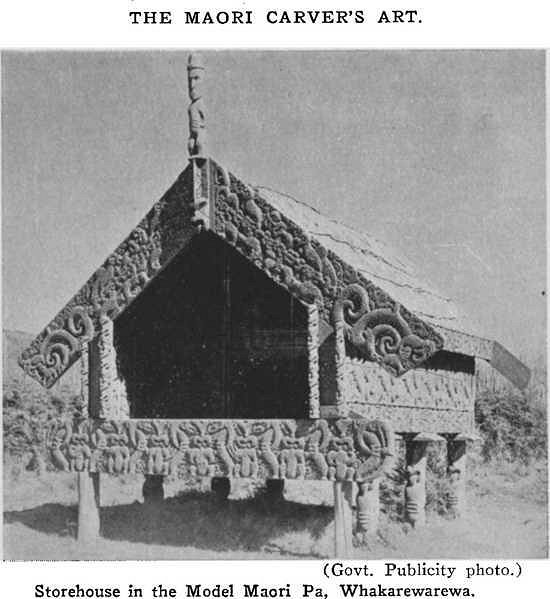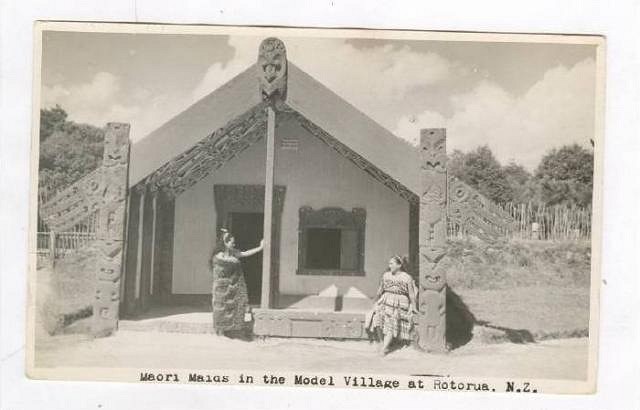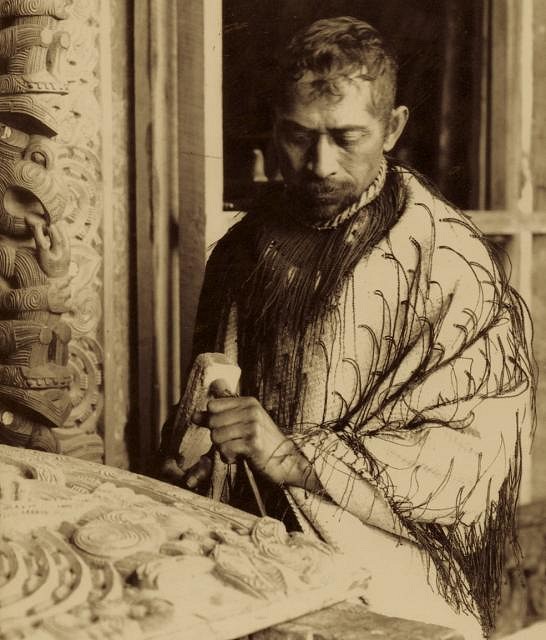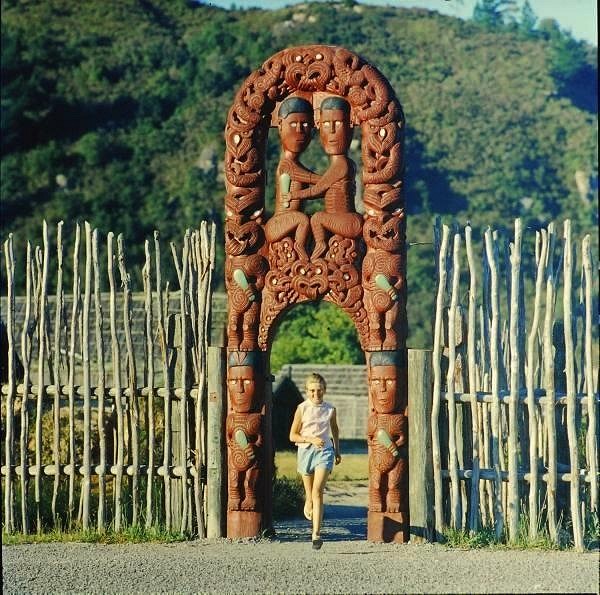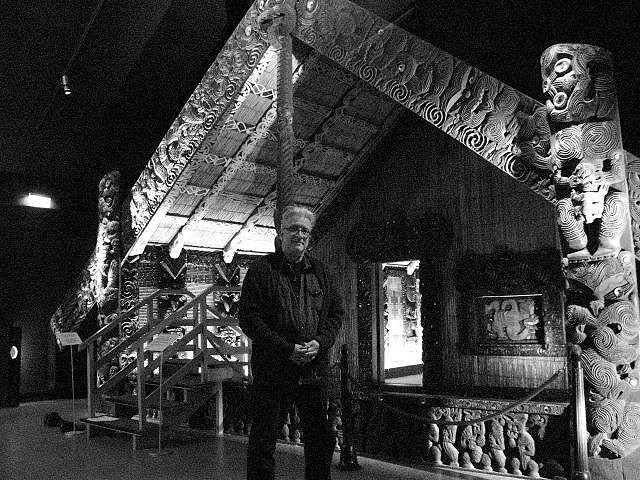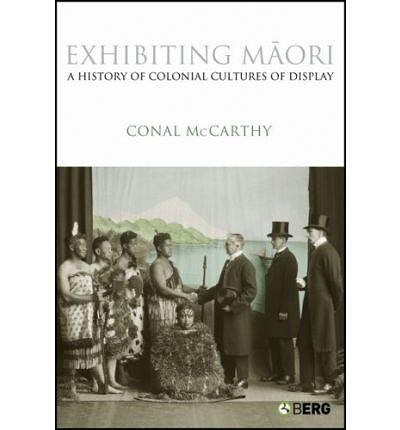Tiki Central / General Tiki / Vintage Rotorua
Post #613748 by bigbrotiki on Sat, Nov 12, 2011 6:20 PM
|
B
bigbrotiki
Posted
posted
on
Sat, Nov 12, 2011 6:20 PM
A very worthy subject for a post. I am usually not so interested in tourist culture, because in my mind, it is not as unique a genre as that of Polynesian Pop in America. Tourist kitsch is a widespread phenomenon, and souvenirs have been been manufactured and sold in all continents of the world, Asia, Africa, Europe, and so on. But In New Zealand, Maori carvings are an exception. The transition from pre-contact to colonial to modern times was much more seamless but complex, with the carving tradition being kept alive throughout. The level of Maori artistry was so high before contact that upon arrival Western immigrants immediately were fascinated by it and tried to preserve its tradition, even though they were inadvertently altering it by their efforts. As a location, Rotorua's importance to Maori arts is three-fold: 1.) As the site for Western sponsored Maori art for tourism, beginning in the 19th century with the model village of Whakarewarewa (as seen above and in these photos):
...and as the site for this clip, (which I cannot post often enough :) ) : 2.) Also as the location for the first and the current Maori carving schools: http://en.wikipedia.org/wiki/New_Zealand_Maori_Arts_and_Crafts_Institute http://www.youtube.com/watch?v=8ee9uRyPjW0 And 3.) as the place where my favorite Maori carver, Tene Waitere, was most prolific in his art:
He was a major carver of Rauru, the meeting house now in Hamburg's Museum for Voelkerkunde:
http://idealog.co.nz/magazine/24/export-led-discovery The evolution of Maori artifacts from curios to heirlooms which are now governed by the Maori themselves is perhaps best documented in this book:
I am looking forward to seeing more imagery from the various periods of Rotorua in this thread. [ Edited by: bigbrotiki 2012-05-07 14:22 ] |

